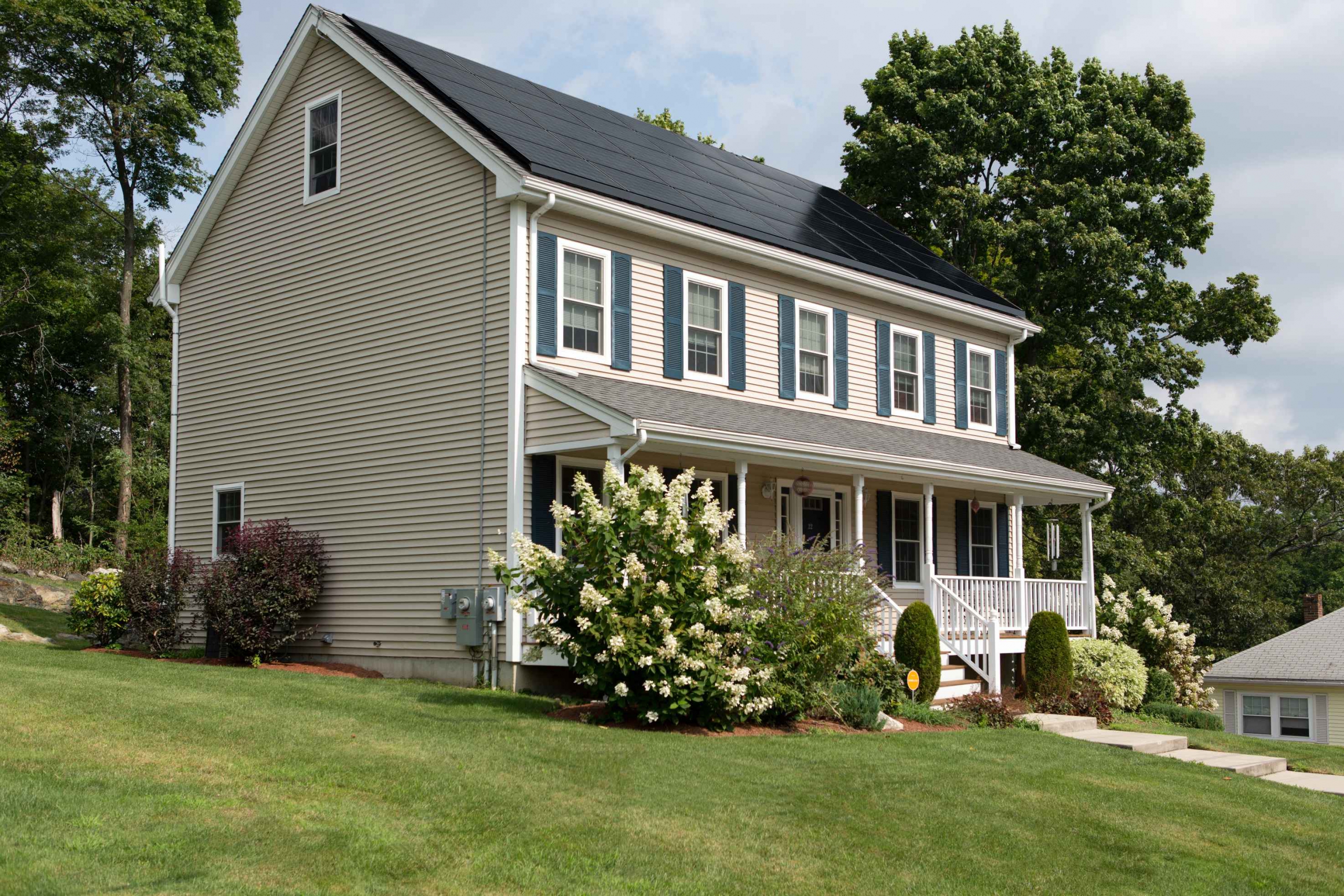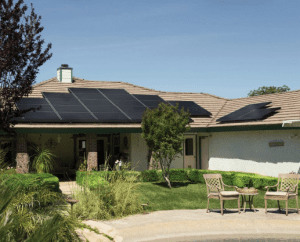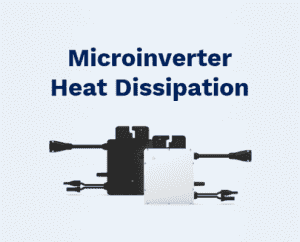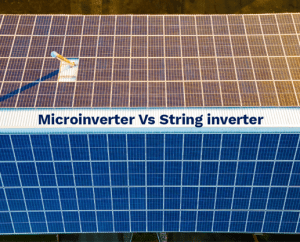Should You Invest in Solar Panels for Your Home?
As we all strive for a more sustainable future and a healthier planet, solar panels are becoming a common sight as you drive down the average street. In the face of rising energy prices, more and more homeowners are becoming energy settlers and starting the journey to a clean, renewable future.
But before you invest in solar panels for your home, it’s important to understand how solar installations work, their potential costs, and why panels themselves are just one part of the story.
How much does it really cost to install solar panels? Do solar panels increase home value? And what kind of energy production can you expect with the right installation?
At Hoymiles, we’re passionate about sharing our expertise and making solar energy more accessible to everyone. Read on for your complete guide to how solar works, the kind of impact you can expect, and whether solar is right for you.
- Components of a home solar system
- Types of Solar Panels for homes
- Solar maintenance costs
- How much can I save with a solar system?
- How solar panels increase home value
- Breaking even on your solar investment
- DIY solar versus professional installation
- Is investing in solar worth it?
Components of a home solar system
First, let’s look at what’s really involved in creating a high-performing solar installation. While solar panels are the most visible component of your system, the reality is that every component has an important role to play – and investing in quality across your system is the difference between reliable production and recurring problems.
Every solar installation is made up of numerous components. Some are essential to any functional system, while others are options that you can choose to include or not.
Solar panels
The heart of your solar system is your array of solar panels, made up of individual solar cells connected by internal wiring. While they’re available in different shapes and sizes, the underlying science that makes solar possible remains the same.
When the sun’s rays hit the panel, it absorbs solar radiation. This causes electrons in the cell to move and create an electric current. This is known as the photovoltaic effect, which is why solar panels are also sometimes called photovoltaic modules.
However, this electricity is a Direct Current (DC), which has a limited ability to be sent over longer distances, and does not match the current used by your home and its appliances.
Mounting racks
An often overlooked part of your solar installation, solar mounting racks are used to securely hold your panels in place. But this is just the beginning.
First, there is a wide range of mounting options available to you. These include roof-mounted racks, ground racks and pole racks. Choosing the right type of rack where your panels will be exposed to the maximum amount of sunlight is an essential step.
Second, some advanced racks are able to re-angle your panels according to available sunlight. They’ll often track the sun throughout the day, giving you the best possible energy production.
Solar inverters: central inverters, string inverters and microinverters
Before the energy created by your solar panels can be used, it needs to be inverted: changed from Direct Current to Alternating Current. This is the role of an inverter.
There are three main types of inverters, each with their own advantages and disadvantages.
Central inverters
Commonly used in large-scale ground-mounted power plants, central inverters take power from every solar panel in series and convert it into AC power in one place. Typically, this leads to high voltages and central inverters can become a single point of failure. If there’s an issue with your central inverter, the entire system stops working.
String inverters
String inverters are most commonly used in industrial and commercial settings. These affordable, reliable inverters are connected to a series of panels, but not necessarily all of them at once. You might have multiple string inverters, one for each ‘string’ of panels. However, energy production is limited by the worst-performing panel on a given string. For example, if one panel is in the shade, the power output of your entire string is reduced.
Microinverters
Microinverters are the ideal choice for residential and small-scale commercial settings. They’re compact, convenient and typically invert energy from just one to four panels each. In many cases, microinverters are installed on a per-panel basis. This means the performance of one panel won’t affect others. Meanwhile, microinverters also offer Maximum Power Point Tracking (MPPT), a way to maximize power production on each individual panel.
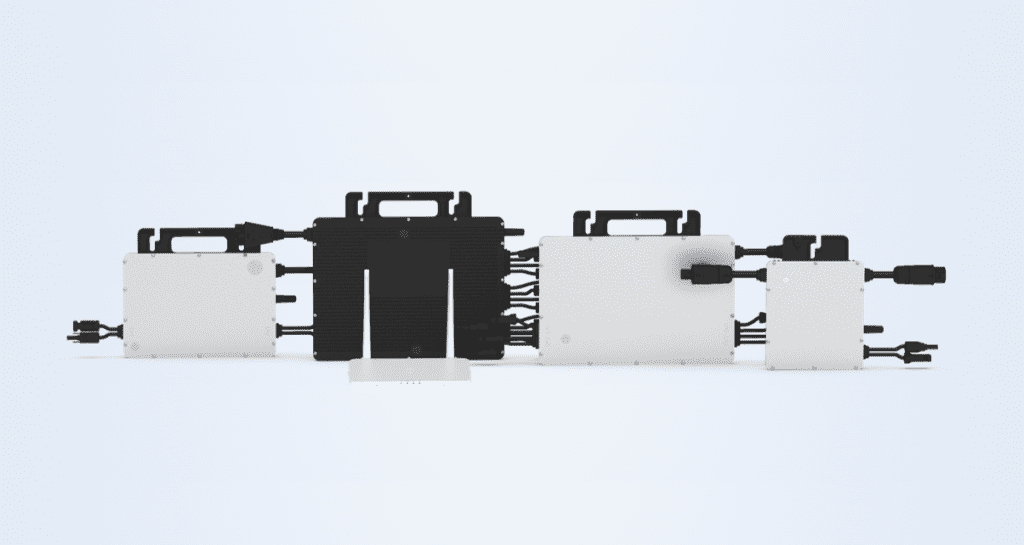
Microinverters also allow you to monitor the performance of every individual panel, rather than the restricted system-level overview offered by string inverters.
Hybrid inverters
Hybrid inverters convert excess AC energy back into a DC form, ideal for storage in solar batteries. This can be an effective way to create a backup source of power in the event that your system fails, or for use when panel production is reduced (for example overnight).
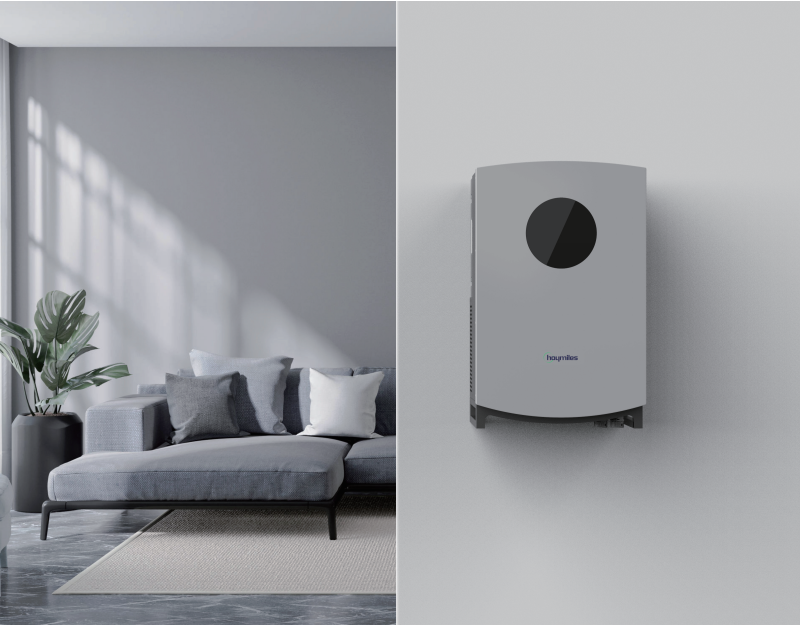
Solar batteries
During the day, your solar installation is likely to produce more energy than you need to use. This excess can be safely stored in a battery for use overnight or in the event of a power failure.
Solar batteries vary significantly in quality, capacity and performance. You should also consider the number of charge cycles guaranteed by your manufacturer – the regular charging and discharging of batteries means every option comes with a limited lifespan, although these can be upward of a decade.
Types of Solar Panels for homes
Most solar panels appear similar to the untrained eye, but there are actually three different types of panels available to homeowners.
From cost to performance, each type of panel has its own strengths and weaknesses. Finding the right panel for you will depend on your budget, usage, and the practicalities of where your panels will be installed.
Monocrystalline solar panels
For the ultimate in power production, monocrystalline solar panels offer the best efficiency on the market. They also perform well in limited levels of sunlight. As a result, you can potentially get more production power from a limited space or adverse weather conditions.
The downside: monocrystalline panels are more expensive than competing technologies.
Polycrystalline solar panels
Polycrystalline panels are more affordable than monocrystalline panels and, in recent years, they’ve become increasingly efficient. While you generally need more of them, they strike the balance between cost and efficiency.
They’re by far the most commonly used panel for residential and light commercial installations.
Thin-film solar panels
Thin-film solar panels are a more recent innovation in the renewable energy space, made up of ultra-thin layers. While their production is more limited than established types of panel, they offer unparalleled flexibility and can be used in a wide range of installations.
If you have the space to install a higher overall number of panels, thin-film is a cost-effective option.
Solar maintenance costs
An investment in solar is designed to last as long as possible with minimal need for maintenance. In fact, most installations are simply cleaned once or twice a year.
Since your solar panels are exposed to the environment in all conditions, it’s easy for dust, grime and dirt to build up over time. This becomes a physical barrier to the sunlight you need for production, potentially limiting production.
However, with the right tools and expertise, safely cleaning your solar panels is simple – you can clean them yourself if they’re safe to access, or contact a local solar installer for help.
Other than this regular cleaning, panels require little to no maintenance. At the same time, with the right monitoring of your installation, you can quickly identify any performance issues and have them addressed by your installer before they escalate into more costly issues.
How much can I save with a solar system?
The amount you can save will vary significantly depending on your energy usage. You may also be able to take advantage of tax incentives designed to encourage people to go green.
But while the scale of your savings may take some time to calculate, one thing’s for sure: you can say goodbye to rising energy prices for good, creating more of the energy you use every day. And with long, multi-decade guarantees, you’ll keep getting value from your system for years to come.
How solar panels increase home value
According to a study from the Office of Energy Efficiency and Renewable Energy, adding a solar installation to your home could increase its value by up to $15,000. However, the real value of solar goes beyond sale price.
Making clean energy an integral part of your home is also a powerful way to stand out in competitive property markets. A professionally installed, high-performing system is a valuable selling point, especially as more and more buyers look for ways to minimize their environmental impact and make smart sustainability decisions.
Breaking even on your solar investment
How long it takes to recoup the costs of your solar installation depends on several factors, including:
Whether you used a professional installer
The size and complexity of your installation
How much of your energy usage is covered by your solar power
Any energy you’re re-selling back to the grid
On average, costs are offset within the first ten years of use. Given that a professional installation is guaranteed to last 25 years or more, this creates a significant period of pure value.
DIY solar versus professional installation
In some ways, installing solar is a simple process. Once you understand the panels you need, which inverters you will use, and how to integrate every component, a DIY approach is feasible.
This is a tempting way to reduce the costs of your investments. However, there are two key considerations: safety and quality.
First, any solar installation involves working with electricity, which is by definition a dangerous process for the inexperienced. At the same time, installing your solar panels involves working at heights, potentially on unstable rooftops or beside poles.
Second, there is a significant difference between a functioning solar system and one that is at peak performance. An experienced installer can make informed decisions about every aspect of your system – not just the right components, but also important details like panel positioning. At Hoymiles, we strongly recommend working with a trained professional to guide you through the process and maximize your results.
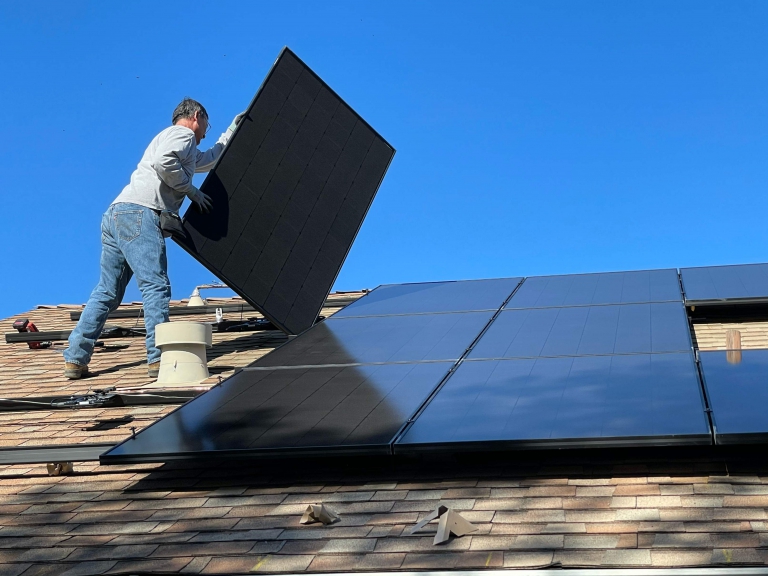
Is investing in solar worth it?
As you’ve seen, investing in solar energy makes a lot of financial sense for many homeowners. More and more people are claiming their energy independence, reducing their reliance on energy providers and moving away from rising energy prices. In some cases, homeowners are also seeing significant value by selling excess energy back to energy providers.
However, the financial view is just one outlook. While more affordable power can be attractive and a key motivator, the real value of solar energy goes far beyond the facts and figures.
By becoming a leader in solar adoption, you’ll be inspiring others in your community to follow your lead and rethink their own energy usage. You’ll be playing your part in building a brighter future – one where clean energy is everywhere. And, in our view, that’s the most worthwhile investment of all.

